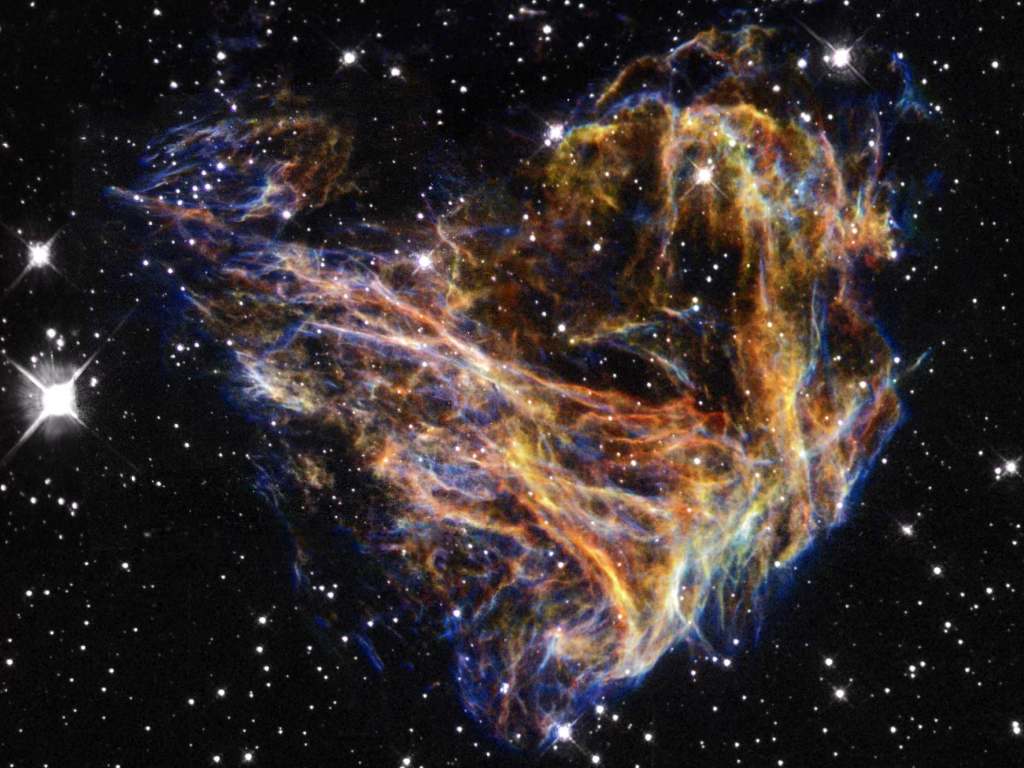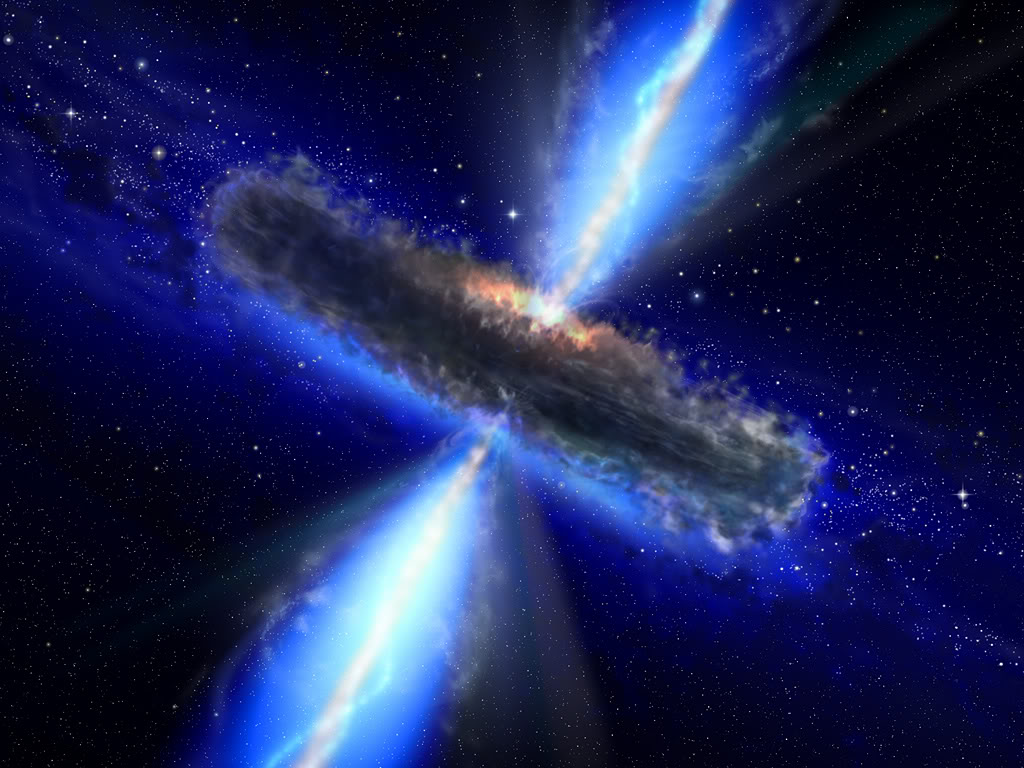Supernovas are probably the biggest explosions that have ever been witnessed. The energies in them are so ridiculously large, that we can't even begin to think in terms of how big those numbers are. But we're going to try. And as with before, let's take a look at what happens in a typical supernova.
Supernovas are former stars that have lost their cohesion in some way, causing a massive explosion. There are of course different causes and kinds of supernovas, but to simplify things, we'll look at some of the largest types of explosions, which are classified as type Ic supernovas.
Stars are an interesting balance of gravitational attraction, and fusion pressure, an upset in the balance in either direction, can spell doom for a star. Type Ic supernovas happen when the fusion pressure of the star no longer can fight against the gravitational pressure in the opposite direction. This occurs when the star 'runs out' of material to continue its fusion process, and gravity mashes the entire contents of the star together, heating it up extremely quickly, and causes the star to explode with the release of the gravitational potential energy in one VERY big blast.
A typical type Ic supernova (a bright one) might have around 5 foe of energy released. You might be wondering, "What is this new unit?" Well, supernovas are so large, that they have their own energy release measurement system.
1 Foe = 10x10^44 Joules
That's a number of joules with forty four zeros after it. This is not going to be a number we can just affix a prefix to now, because the SI system of units doesn't go that high in prefixes, or if it does, it's not used very commonly. But, dutifully, let's take a look using our previous techniques, and get an idea for how much energy is released in all these.
![]()

So that's quite a large amount of TNT, in fact, we again, don't have a large enough number prefix to accurately describe how much TNT that is. So we're again short out of luck for understanding exactly how bug this is, because unless you are a computer, number probably mean very little if you cannot associate them with something. Hold this literal astronomical number in your head though, because we're about to see just how big it really is.

http://annesastronomynews.com/wp-content/uploads/2012/02/N49-is-a-supernova-remnant-that-spans-about-30-ly-in-the-LM
C.-A-newly-born-magnetar-a-highly-magnetized-spinning-neutron-star-is-left-over-in-the-ancient-stellar-explosion-which-created-supernova-remnant-N49.jpg
(remnant of a supernova)

http://i695.photobucket.com/albums/vv312/raze8106/Wallpapers/heic0409a.jpg
(artist's impression of a supernova)